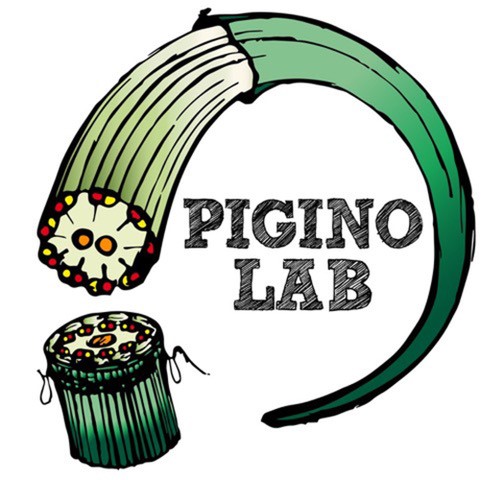
Pigino Group
Cells need to be able to sense different types of signals, such as chemical and mechanical signals, from the extracellular environment to properly function. Most eukaryotic cells perform these functions through a specialized hair-like organelle, the cilium, that extends from the cell body as a sort of antenna. The signaling and sensory functions of cilia are fundamental already during the early stages of embryo development, when cilia coordinate the establishment of the internal left/right asymmetry typical of the vertebrate body. Later, cilia continue to be required for the correct development and function of specific tissues and organs, such as brain, heart, kidney, liver, and pancreas. Sensory cilia eventually allow us to sense the environment that surrounds us, for instance we see through the connecting cilium of photoreceptors in our retina, we smell through the sensory cilia at the tip of our olfactory neurons, and we hear thanks to the kinocilium of our sensory hair cells. Motile cilia, which themselves have sensory functions, also work as propeller-like extensions that allow us to breath, because they keep our lungs clean, to reproduce, because they propel sperm cells, and even to properly reason, because they contribute to the flow of cerebrospinal fluid in our brain ventricles. Not surprisingly, defects in the assembly and function of these tiny organelles result in devastating pathologies, which are collectively known as ciliopathies. Thus, proper function of cilia is fundamental for human health.
The Pigino Lab investigates the biology and the 3D molecular structure of ciliary components in their native cellular context and in isolation, to understand how they orchestrate cilia-specific functions. Our work positions itself right at the interface between structural biology and molecular cell biology. Hence, we combine the latest tools and methodologies from both fields, from cryo-electron tomography, over correlative light and fluorescence microscopy (CLEM), to in vitro reconstituted dynamic systems, genetics, biochemistry, image analysis methods, all the way to more classical cell biology.
Our ultimate goal is to understand the underlying molecular mechanisms of ciliary functions and dysfunctions, so that possible therapeutic strategies for ciliopathies can be developed.

ERC funded project (ERC-2018-COG N#819826 CiliaTubulinCode)
Self-organization of the cilium: the role of the tubulin code
Our current knowledge of the basic principles which lead to self-organization of cellular organelles is quite limited. Hence, our project aims at understanding the role of the tubulin code for self-organization of complex microtubule based cellular structures, with the focus on the structure of the cilium.
Group members
-
 Gaia Pigino
Gaia Pigino
Associate Head of Structural Biology Research Centre -
 Gonzalo Alvarez Viar
Gonzalo Alvarez Viar
Postdoc -
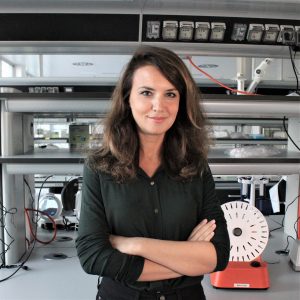 Paola Capasso
Paola Capasso
Senior Technician -
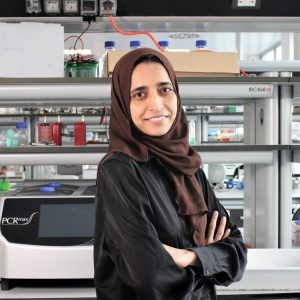 Rubina Dad
Rubina Dad
Postdoc -
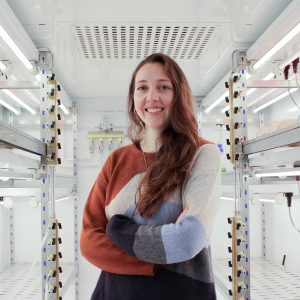 Helen Elizabeth Foster
Helen Elizabeth Foster
Postdoc -
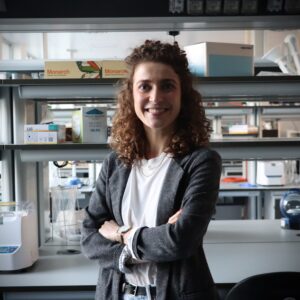 Malina Karen Iwanski
Malina Karen Iwanski
Postdoc -
 Nikolai Klena
Nikolai Klena
Postdoc -
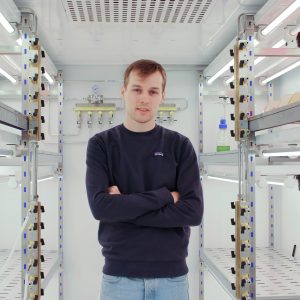 Samuel Edward Lacey
Samuel Edward Lacey
Postdoc -
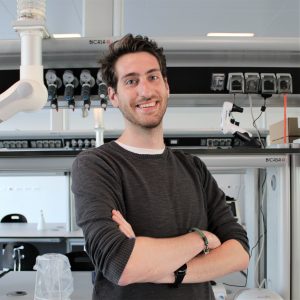 Giovanni Maltinti
Giovanni Maltinti
PhD Student -
 Adrian Pascal Nievergelt
Adrian Pascal Nievergelt
Scientific Visitor
Publications
-
07/2019 - Methods in Cell Biology
Content-aware image restoration for electron microscopy
Multiple approaches to use deep neural networks for image restoration have recently been proposed. Training such networks requires well registered pairs of high and low-quality images. While this is easily achievable for many imaging modalities, e.g., fluorescence light microscopy, for others it is not. Here we summarize on a number of recent developments in the […]
-
06/2019 - Methods in Cell Biology
Yeast membraneless compartments revealed by correlative light microscopy and electron tomography
Yeast essential enzymes are able to assemble and form membrane-less compartments in the cytoplasm during stress conditions (Narayanaswamy et al., 2009). These microcompartments form rapidly under ATP-depletion upon cellular regulation of pH and molecular crowding (Munder et al., 2016). So far, the behavior of most of these enzymes has been characterized by live imaging using fluorescence […]
-
05/2019 - Methods in Cell Biology
In situ cryo-electron tomography and subtomogram averaging of intraflagellar transport trains
In situ cryo-electron tomography (cryo-ET) and subtomogram averaging are powerful tools, able to provide 3D structures of biological samples at sub-nanometer resolution, while preserving information about cellular context and higher-order assembly. Best results are typically achieved, when applied to highly repetitive structures, such as viruses. Other typical examples are protein complexes that decorate long stretches along ciliary microtubules at […]
-
11/2018 - Nature Cell Biology
The cryo-EM structure of intraflagellar transport trains reveals how dynein is inactivated to ensure unidirectional anterograde movement in cilia
Movement of cargos along microtubules plays key roles in diverse cellular processes, from signalling to mitosis. In cilia, rapid movement of ciliary components along the microtubules to and from the assembly site is essential for the assembly and disassembly of the structure itself1. This bidirectional transport, known as intraflagellar transport (IFT)2, is driven by the […]
-
10/2018 - ArXiv
Cryo-CARE: Content-Aware Image Restoration for Cryo-Transmission Electron Microscopy Data
Multiple approaches to use deep learning for image restoration have recently been proposed. Training such approaches requires well registered pairs of high and low quality images. While this is easily achievable for many imaging modalities, e.g. fluorescence light microscopy, for others it is not. Cryo-transmission electron microscopy (cryo-TEM) could profoundly benefit from improved denoising methods, […]